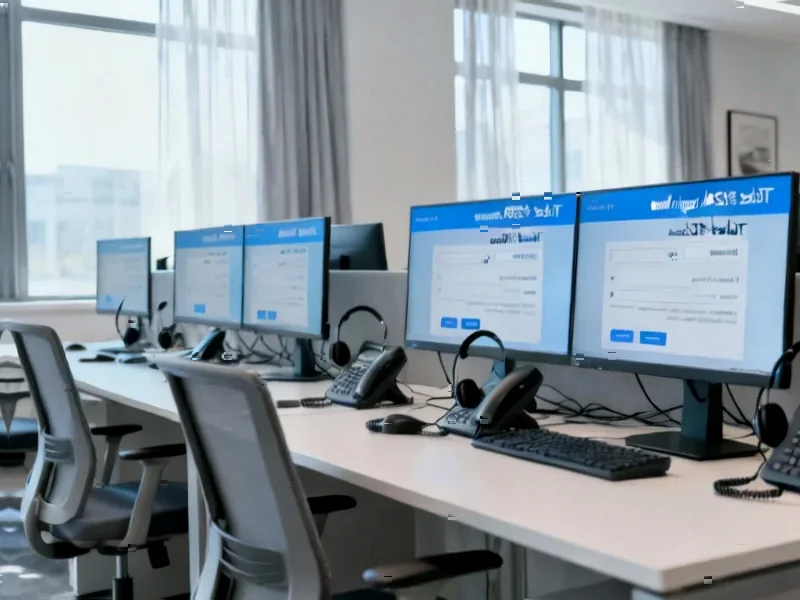According to Financial Times News, Marks and Spencer is taking a £136 million hit to its annual profits due to a devastating cyber attack earlier this year. The FTSE 100 retailer will book a £101.6 million charge for the first half and another £34 million in the second half as it overhauls its technology systems. The April attack, which the company believes was carried out by Russian cyber criminal group Dragon Force, knocked out online clothing and furniture sales for seven weeks. Customer data was stolen during the breach, and the incident wiped more than £750 million off M&S’s market capitalisation. While the company had initially forecast up to £300 million in operating profit losses, it has now claimed £100 million from its insurers to help offset the damage.
The real cost goes beyond the numbers
Here’s the thing about cyber attacks on major retailers – the immediate financial hit is just the beginning. When a company like M&S can’t sell clothes and furniture online for nearly two months, they’re not just losing current sales. They’re training customers to shop elsewhere. And in today’s retail environment, once you lose that digital shopping habit, it’s incredibly difficult to win it back.
Think about it – where did all those frustrated M&S shoppers go during those seven weeks? Probably to competitors like Next, John Lewis, or Amazon. The timing couldn’t have been worse either, hitting right as people were shopping for spring and summer wardrobes. Basically, M&S didn’t just lose £136 million in profits – they potentially lost years of customer loyalty and shopping patterns that they’d spent decades building.
The insurance safety net
That £100 million insurance claim is interesting, isn’t it? It shows that even massive corporations are relying on cyber insurance to bail them out of these situations. But here’s what worries me – as attacks become more frequent and costly, how long will insurers keep offering these generous payouts? Premiums are already skyrocketing across the board.
And let’s be real – insurance covers the direct financial losses, but it doesn’t repair brand damage or customer trust. When people hear their data might have been stolen from a trusted retailer like M&S, that shakes confidence in a way that no insurance payout can fix. The company’s doing the right thing by overhauling their systems, but the trust rebuilding will take much longer than the technical fixes.
What this means for retail
This attack should scare every retail CEO in the country. M&S isn’t some small operation – they’re a FTSE 100 company with presumably decent security budgets. If they can get knocked offline for seven weeks, basically any retailer is vulnerable. The Dragon Force group targeting them specifically shows that cyber criminals are going after big prizes now.
So what’s the lesson here? Companies need to stop treating cybersecurity as an IT problem and start seeing it as a core business risk. When your entire online sales operation can disappear for nearly two months, that’s an existential threat. The £136 million profit hit is massive, but the real cost might be the permanent shift in how consumers view M&S’s digital reliability. In today’s retail world, that’s potentially even more damaging than the immediate financial losses.




